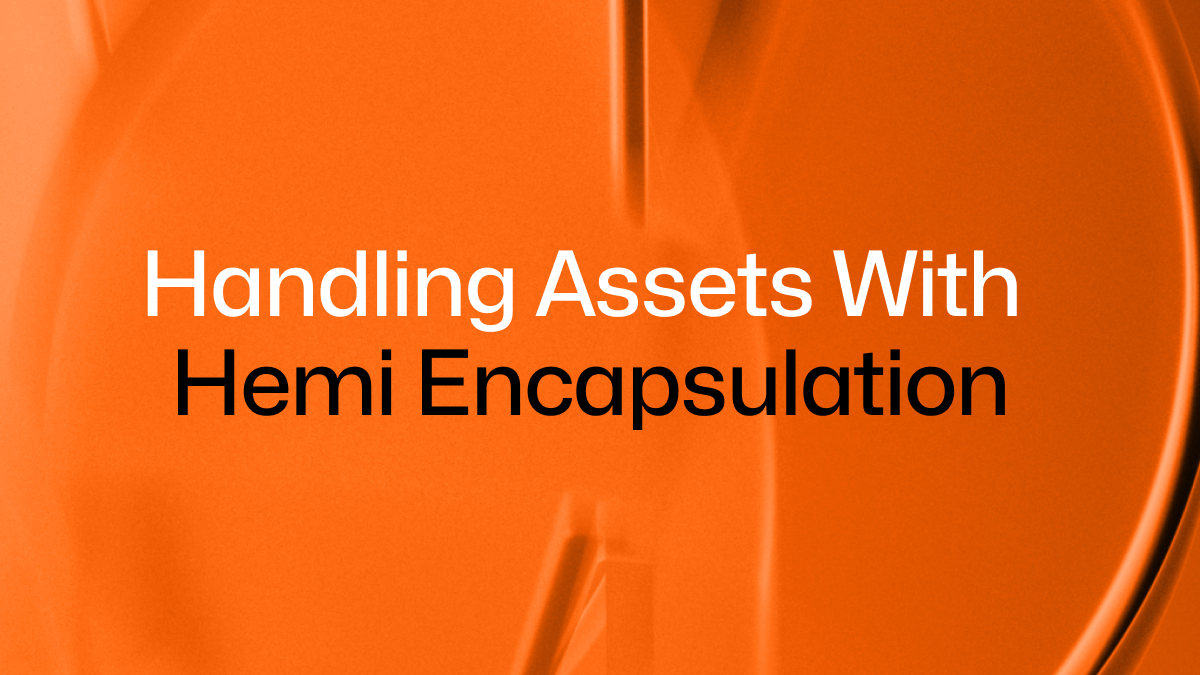- Announcements
- Hemi
- July 22, 2024
Handling Assets With Hemi Encapsulation

Hemi’s got asset transfers covered.
TL;DR
- Hemi encapsulation lets users cheaply, securely, and simply move assets.
- Features include multi-asset packaging, gasless transfers, smart routing, and enhanced security.
Sending assets is crypto’s primary use case. But if we’re being honest, the user experience of moving assets is stressful, complicated, and sometimes unnecessarily expensive. And, after all that, there’s still the chance that your assets can end up in the wrong place.
The key to breathing easier is to start from the right place: Hemi.
The Hemi Network integrates Capsule, a way of wrapping digital assets into NFTs. But these aren’t Pudgy Penguins. They’re programmable 1-of-1 tokens that allow you to secure, easily, and cheaply move assets.
Encapsulation makes the Hemi Network more accessible and provides an excellent user experience via these features:
- Multi-asset packaging: Ever received eight large packages from Amazon and wondered why a book, a toothbrush, and some batteries couldn’t be combined? With encapsulation, you can batch and store different asset types into a single digital asset—and send them as one.
- Gasless transfers: Sending assets is super cheap on Hemi. You won’t need ETH, BTC, or other native-chain currencies to transfer funds—because you won’t need to pay for gas at all. In fact, you won’t even need a crypto wallet.
- Smart routing: One of the most nerve-wracking things about crypto is worrying that the right place receives the assets. With Hemi encapsulation, even if you do get the hexadecimal wrong, you can easily reroute transfers.
- Enhanced security: You can also apply bespoke security measures both on- and off-chain. Want your transfer password-protected? No problem. Need a time lock on it so it can’t be touched early? Sure thing. Verified keys? Of course.
Even veteran crypto users can find handling assets unnerving. Now encapsulation has you covered.
To learn how to keep your assets under wraps, read the whitepaper and the relevant documentation or visit the team’s Discord.